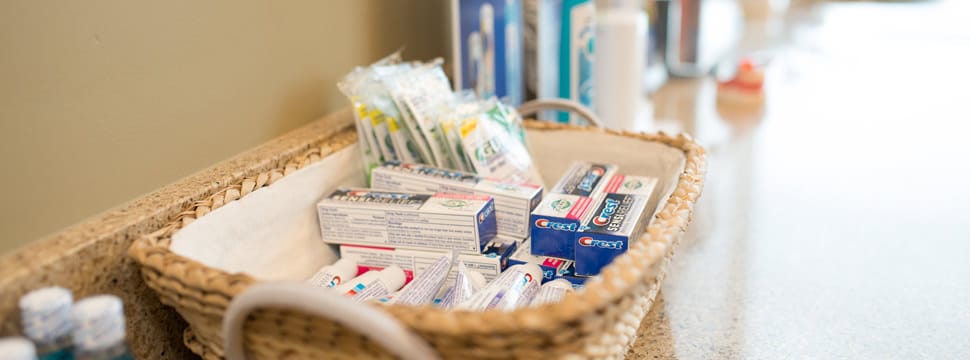Boise Dentist Blog
The professional blog of Doctors Dan Bruce, Steve Bruce, Rosa Pothier and Rob Ririe
Medical vs. Dental Radiation
 This morning I came across an article on Yahoo! News discussing the overuse of radiation in medical patients, http://news.yahoo.com/s/ap/20100614/ap_on_he_me/us_med_overtreated_radiation. I am relieved that this subject is finally getting some mainstream attention, because hopefully risk-assessment will be used more in determining who gets radiographs and who doesn't. Taking high exposure films provides an unprecedented level of diagnostic capability, but at what cost? Higher cancer risks in the future are likely the higher cost, but the risk is so far in the future and there is no way to know if cancer is due to the radiation dosage. I really think a protocol should be put into effect discussing the risks/benefits of these scans. All doctors want the best care for their patients now and in the future. If you have questions about any procedure you are about to receive, talk to your doctor beforehand!
This morning I came across an article on Yahoo! News discussing the overuse of radiation in medical patients, http://news.yahoo.com/s/ap/20100614/ap_on_he_me/us_med_overtreated_radiation. I am relieved that this subject is finally getting some mainstream attention, because hopefully risk-assessment will be used more in determining who gets radiographs and who doesn't. Taking high exposure films provides an unprecedented level of diagnostic capability, but at what cost? Higher cancer risks in the future are likely the higher cost, but the risk is so far in the future and there is no way to know if cancer is due to the radiation dosage. I really think a protocol should be put into effect discussing the risks/benefits of these scans. All doctors want the best care for their patients now and in the future. If you have questions about any procedure you are about to receive, talk to your doctor beforehand!This article also discusses dental radiographs and exposure. The article states that, "A chest or abdominal CT scan involves 10 to 20 millisieverts, versus 0.01 to 0.1 for an ordinary chest X-ray, less than 1 for a mammogram, and as little as 0.005 for a dental X-ray. Natural radiation from the sun and soil accounts for about 2 millisieverts a year." In relative terms, dental radiographs are some of the safest images that can be used. The risk of not have dental radiographs is that decay or other pathology could be present and cause a large problem if not detected early. That said, I think risk analysis in my patients is very important. If we have a patient who has not had decay for 5 years, has no fillings or simply doesn't want radiographs, then I have a discussion about the risks/benefits of pushing the frequency of the radiographs out longer. But the key is education. Patients must realize that there may be undiagnosed disease if the standard radiograph procedure is not followed.
Finally, digital radiographs do require less radiation than conventional films. This is due to intensifiers in the sensor. Also, digital films do not require environmentally-harmful processing chemicals, making them a great alternative for both patients and the environment.
